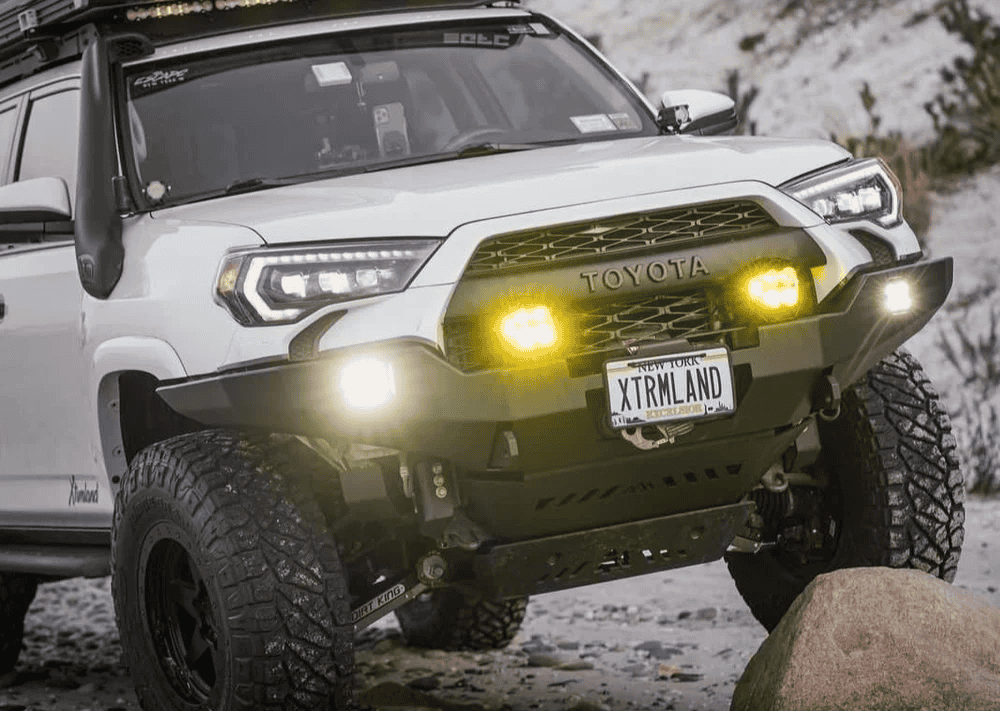Overland Vehicles

Every successful evaluation begins with clarity. Write down the mission in one sentence, then list constraints such as travel distance between fuel or charge points, climate exposure, and the number of occupants. A clear brief drives decisions about chassis size, wheelbase, axle choice, and cabin layout. Without that anchor, even smart parts selections can fight each other. When you evaluate overland truck design, match every component to a purpose that supports the mission.
Terrain dictates geometry and driveline needs. Sand and snow favor flotation with taller sidewalls and wider contact patches, while rock gardens reward smaller diameter tires with strong sidewalls and careful gearing. Distance and resupply intervals set tank size, water capacity, and battery storage requirements. Seasons push choices for heating, cooling, ventilation, and insulation. Build for the worst day you expect, not the best day you remember.
Start with a realistic weight budget. Tally curb weight, passengers, fuel, water, gear, armor, and accessories, then compare the total against the vehicle’s gross rating and axle limits. Aim to keep a margin for spares and future additions. Store dense items low and between the axles to improve stability and reduce pitching on washboard. Securement is not an afterthought; use rated tie downs and brackets that spread loads into structure.
A design that cannot be serviced in the field is a design that fails when it matters. Check access to filters, belts, fuses, and critical fasteners with tools you actually carry. Use labeled wiring, protected routing, and proper strain relief to avoid intermittent faults. Add recovery points that are rated and aligned with the frame. Fire safety, first aid, and communication equipment should be reachable within seconds.
Chassis and suspension choices shape ride quality and control. Leaf springs shine under steady payload, while progressive coils or multi rate setups can deliver comfort with mid travel support. Pair springs with shocks that manage heat and rebound across corrugations to reduce driver fatigue. Consider bump stops and sway control that match expected loads, then verify alignment settings that protect tires during long dirt sections.
Tire selection is a balancing act among traction, noise, range, and durability. All terrain tread works well for mixed use, while mud terrain excels in soft soil at the cost of range and noise. Choose load ratings that match axle weights, and size diameter with gearing to maintain usable torque and transmission temperatures. Protect sidewalls with wheels that match the terrain and service plan.
Power systems deserve the same rigor. Build an energy budget by listing devices, their draw, and daily duty cycles. Decide on battery chemistry based on weight, usable capacity, and temperature tolerance. Combine alternator charging with solar and shore options to match your routes. Place inverters and chargers with airflow and service access in mind, and protect high current runs with appropriate fusing and isolation.
Water and habitat systems affect comfort and resilience. Size tanks for your longest dry stretch, then add filtration and a way to service components without tearing apart the cabin. Ventilation reduces condensation and protects insulation performance. Lighting design should reduce glare while preserving night vision; favor warm task lighting inside and controlled beam patterns outside.
Documentation is part of the build. Maintain a digital and printed pack with wiring diagrams, torque values, tire pressures for different weights, and maintenance intervals. Future you will thank present you on a rainy shoulder or at a remote campsite.
A paper perfect plan still needs proof. Create a test loop that includes highway, washboard, ruts, a mild climb, and low speed articulation. Drive the loop with full trip weight, log temperatures, listen for rattles, and note steering feel and brake response. Adjust shock settings, tire pressures, and load placement, then repeat. Track changes one at a time so cause and effect remain clear.
Validation is not only mechanical. Cook a full meal, deploy bedding, and break down camp while timing each step. Check if frequently used items are within easy reach. Confirm dust sealing on dirt, water resistance in rain, and drainage after a creek splash. A good design reduces friction in daily routines and keeps focus on travel rather than gear management.
If the platform will cross state lines or remote regions, run a mock travel day with your longest expected stint. Evaluate seat ergonomics, noise levels, and glare over hours, not minutes. At the end of testing, capture final weights on each axle and corner if possible, then align, balance, and torque to spec. The goal is a system that performs predictably under load and across seasons.
A capable shop can accelerate this process by aligning mission goals with component choices and by testing outcomes against a repeatable checklist. If you want expert guidance from a team that lives this work, explore our Overland rigs to see the range of solutions. For tailored layouts and systems that match your routes, review our Custom overland upfit. Curious about process and standards, including handoff support and client experience, read Why choose OZK.
Design decisions become easier when every choice maps back to the mission. If your checklist points to a specific platform or a set of clear upgrades, we can translate those notes into a coherent plan, then build and validate it with you. Share your goals, timeline, and must haves, and we will help you turn a smart evaluation into a rig that just works.
Ready to turn criteria into a build plan that fits your routes and timeline? Share your goals and our team will translate payload, power, and layout into a dialed platform that works on day one.
ADDRESS:
6159 E Huntsville Rd, Fayetteville, AR 72701
PHONE:
(479) 326-9200
EMAIL:
info@ozkvans.com